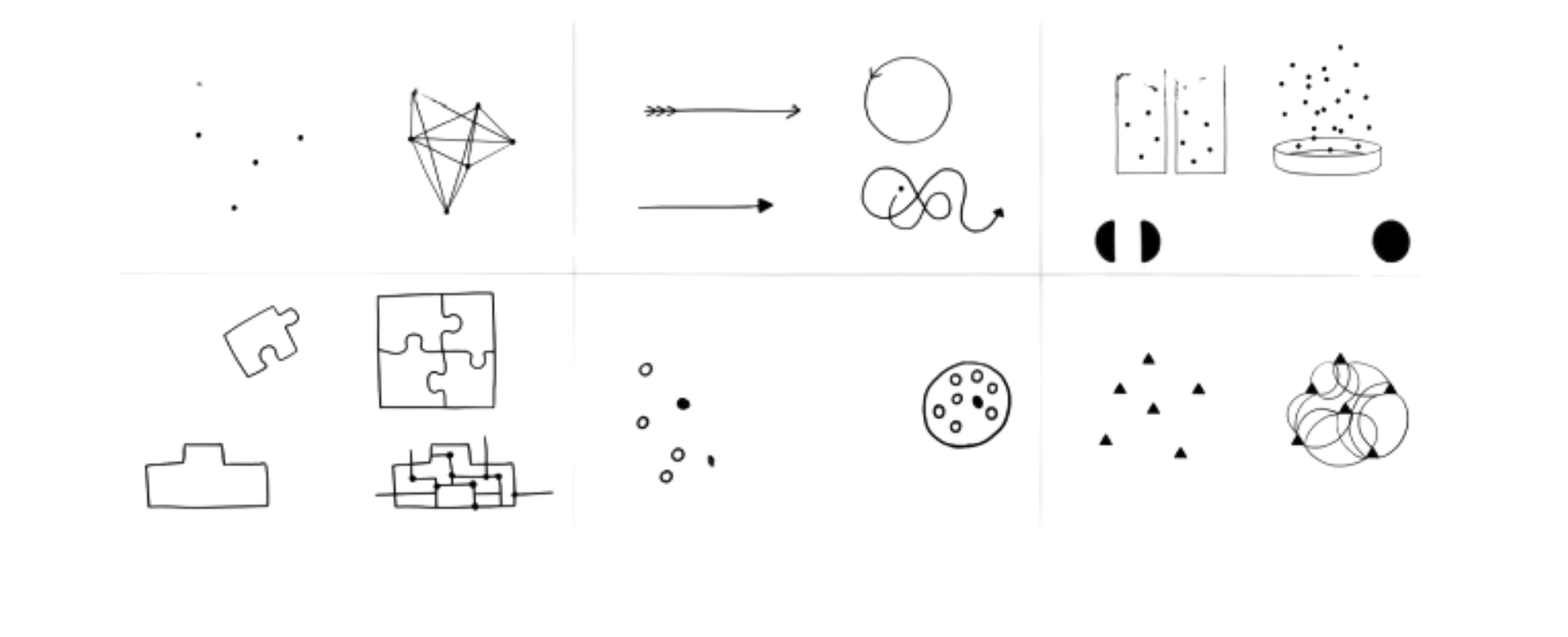The Importance of Customer-Centered Design in Product Development

The success of any product launch depends on the amount of customer research and design that has gone into the development process. Product designers must understand customer needs and preferences in order to create products that meet their expectations. Customer-centered design is a process that focuses on understanding customer needs and incorporating them into product design, so that the product meets their expectations and solves their problems.
Understanding Customer Needs
The first step in the customer-centered design process is understanding the customer. This involves researching the target market in order to gain an understanding of their needs, preferences, habits, and motivations. This research should include methods such as surveys, interviews, focus groups, and ethnography. This information can then be used to create a user persona, a fictional character that represents a typical user of the product.
It is also important to consider the customer's journey when designing a product. This involves mapping out the customer's experience from the moment they become aware of the product to the moment they purchase it. This helps to identify any potential pain points or areas of improvement in the customer experience.

Become a Product Manager
Learn from top industry experts, get access to 1 year placement support and transition into product management at India's top tech companies.
Creating User Personas
User personas are a powerful tool that can help product designers understand the user’s needs and preferences. Personas provide detailed information about the user, such as their age, gender, occupation, hobbies, and lifestyle. Personas can be used to create a realistic representation of the user, which can be used as a starting point for product design. Personas also make it easier for designers to empathize with users, as they can imagine how the product would be used by an actual person.
Personas can also be used to identify potential problems with the product design. By understanding the user’s needs and preferences, designers can anticipate potential issues and design solutions that will meet the user’s needs. Personas can also be used to test the product design, as designers can simulate how the product would be used by a real user. This can help designers identify any potential issues before the product is released.
Conducting User Testing
In order to ensure that the product meets user needs, it is necessary to conduct user testing. This involves having users test out the product and provide feedback on their experience. User testing can be used to identify any potential issues with the design or usability of the product, as well as to gain insights into how users interact with it. This feedback can then be used to iterate on the design and make improvements.
User testing can be conducted in a variety of ways, such as through focus groups, surveys, or one-on-one interviews. It is important to ensure that the user testing is conducted in a way that is unbiased and that the results are accurately interpreted. Additionally, user testing should be conducted regularly throughout the product development process in order to ensure that the product is meeting user needs.
Analyzing Customer Feedback
Once user testing has been conducted, it is important to analyze the feedback in order to understand what users like or dislike about the product. This information can then be used to further refine the design and adjust features to better meet customer needs. Analyzing customer feedback should be done on an ongoing basis to ensure that any issues are addressed and that customer satisfaction is being maintained.
It is important to consider the customer feedback holistically, looking at both quantitative and qualitative data. Quantitative data can provide an overall picture of customer satisfaction, while qualitative data can provide more detailed insights into customer preferences and experiences. Additionally, customer feedback should be compared to competitor products to ensure that the product is meeting or exceeding customer expectations.
Iterating Based on Customer Input
The final step in the customer-centered design process is to iterate based on customer input. This involves making changes and adjustments to the product design in order to better meet customer needs and preferences. Iteration should be an ongoing process that involves testing, analyzing feedback, making changes, and re-testing in order to continuously improve the product.
Customer-centered design is a powerful tool that can help product designers create products that meet user needs. By understanding customer needs, creating user personas, conducting user testing, analyzing feedback, and iterating based on customer input, product designers can create products that not only meet user expectations but also provide them with a great experience.
It is important to remember that customer-centered design is an iterative process. As customer needs and preferences change, product designers must be willing to adjust their designs accordingly. This requires staying up-to-date on customer feedback and trends, and being open to making changes to the product design in order to ensure that it meets customer needs.

Become a Product Manager
Learn from top industry experts, get access to 1 year placement support and transition into product management at India's top tech companies.



